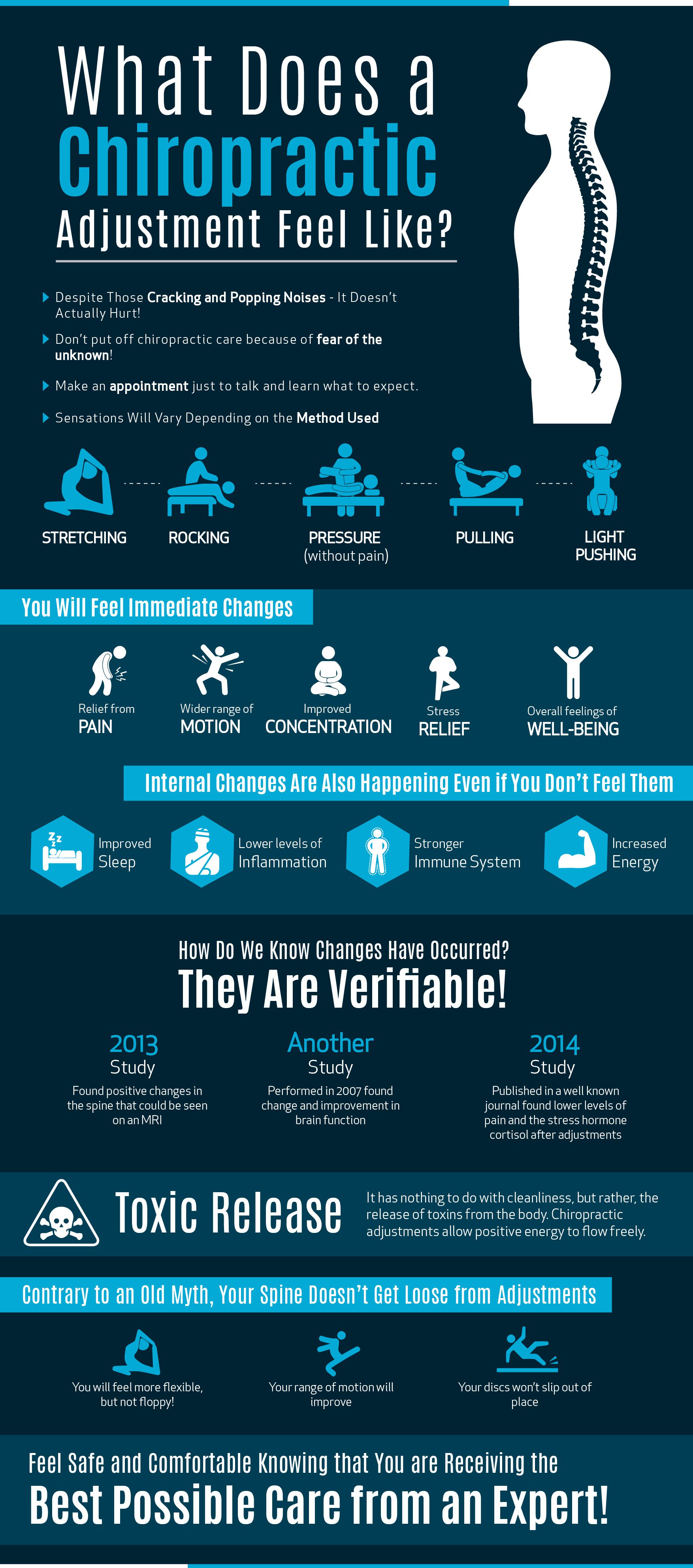Key Daily Routines That Result In Pain In The Back And How To Minimize Their Impacts
Key Daily Routines That Result In Pain In The Back And How To Minimize Their Impacts
Blog Article
Material Writer-Carstensen Vogel
Maintaining proper position and staying clear of typical challenges in everyday tasks can significantly influence your back health and wellness. From just how you rest at your workdesk to how you raise heavy things, small changes can make a huge distinction. Think of a day without the nagging back pain that hinders your every action; the solution might be easier than you assume. By making a couple of tweaks to your day-to-day habits, you could be on your method to a pain-free presence.
Poor Pose and Sedentary Way Of Life
Poor posture and an inactive way of living are two significant contributors to neck and back pain. When you slouch or inkling over while sitting or standing, you put unneeded pressure on your back muscular tissues and spinal column. This can cause muscle mass imbalances, tension, and ultimately, chronic neck and back pain. In addition, sitting for long periods without breaks or exercise can weaken your back muscle mass and result in rigidity and discomfort.
To combat inadequate posture, make a conscious initiative to sit and stand up straight with your shoulders back and lined up with your ears. Remember to keep your feet flat on the ground and stay clear of crossing your legs for prolonged periods.
Including routine extending and enhancing exercises into your daily routine can also aid improve your posture and reduce back pain associated with a sedentary way of life.
Incorrect Lifting Techniques
Inappropriate training techniques can considerably add to neck and back pain and injuries. When you raise hefty objects, bear in mind to flex your knees and utilize your legs to raise, as opposed to relying on your back muscles. Stay clear of turning your body while lifting and maintain the item near your body to decrease strain on your back. It's crucial to keep a straight back and avoid rounding your shoulders while raising to prevent unnecessary stress on your spinal column.
Always examine the weight of the item before raising it. If it's too hefty, request assistance or use equipment like a dolly or cart to carry it safely.
Remember to take view it during lifting tasks to give your back muscular tissues an opportunity to rest and prevent overexertion. By applying correct training methods, you can protect against neck and back pain and lower the threat of injuries, guaranteeing your back stays healthy and balanced and strong for the long-term.
Lack of Regular Workout and Extending
A sedentary lifestyle devoid of regular workout and extending can considerably add to back pain and pain. When you do not engage in exercise, your muscle mass become weak and inflexible, causing bad stance and increased strain on your back. Recommended Studying enhance the muscular tissues that sustain your spine, improving stability and decreasing the risk of pain in the back. Incorporating extending right into your regimen can additionally improve adaptability, stopping tightness and pain in your back muscle mass.
To prevent neck and back pain triggered by an absence of exercise and extending, go for at least half an hour of moderate exercise most days of the week. Consist of workouts that target your core muscular tissues, as a strong core can aid relieve pressure on your back.
Furthermore, take breaks to extend and relocate throughout the day, specifically if you have a workdesk task. Easy stretches like touching your toes or doing shoulder rolls can assist ease stress and prevent pain in the back. Prioritizing regular workout and stretching can go a long way in maintaining a healthy back and reducing pain.
Conclusion
So, bear in mind to sit up right, lift with your legs, and remain active to prevent pain in the back. By making simple changes to your everyday routines, you can prevent the discomfort and constraints that include pain in the back. Care for your spine and muscular tissues by practicing great pose, correct training strategies, and normal workout. Your back will thank you for it!
